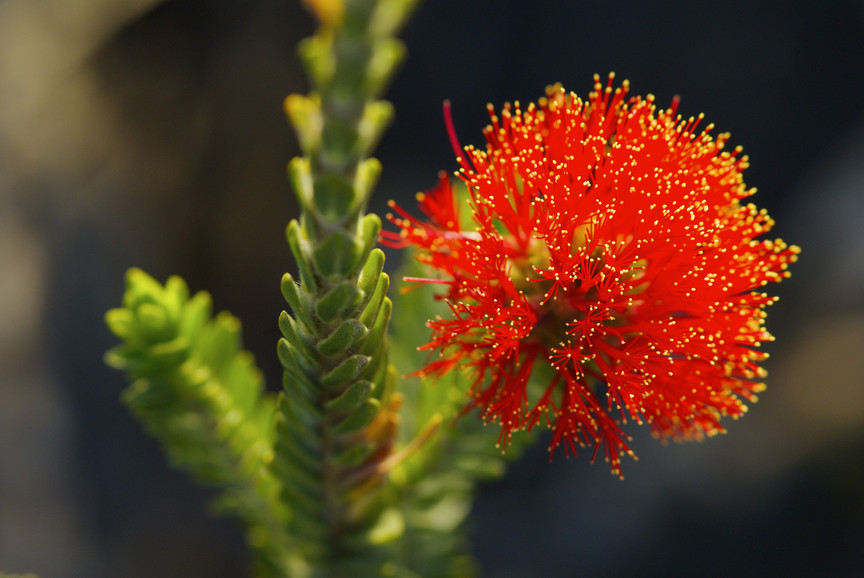Fast Facts about the Fitzgerald Biosphere
- Originally listed with UNESCO World Network of Biosphere Reserves in 1978 and at the time the Fitzgerald Biosphere only covered the area of the Fitzgerald River National Park (330,000 hectares)
- In 2003 after UNESCO MAB Bureau Review it was considered that Fitzgerald Biosphere did not meet the new zoning criteria of the contemporary UNESCO Man and the Biosphere Program (Seville Biosphere Criteria) and as a result in 2010 the community collectively working with the local shires of Ravensthorpe and Jerramungup with support from government undertook an extensive process of renomination.
- The nomination was successful and in June 2017 the Fitzgerald Biosphere was reinstated with its international status by UNESCO but today covers an area of 1.53 million hectares of conservation estate, State waters, farmland ato capture the full biodiversity of the region including the botanically significant Ravensthorpe Range and covers the entire Shire of Jerramungup and two-thirds of the Shire of Ravensthorpe.
- The Fitzgerald River National Park forms the very important core of Fitzgerald Biosphere.
- The Fitzgerald River National Park is the largest single national park in the south-west of Western Australia and home to 12 threatened fauna and 39 threatened flora species.
- Ranked by UNESCO as one of the world’s most botanically significant regions in the world with around 2,500 flora species, many yet to be discovered.
- The Nationally recognised Biodiversity Hotspot.
- One-fifth (20%) of all Western Australia’s plant species, many found nowhere else in the world are located within the Fitzgerald Biosphere.
- The Fitzgerald Biosphere is Western Australia’s single internationally recognised biosphere reserve with only 4 recognised Biosphere Reserves in Australia.
- The Fitzgerald Biosphere includes a great complexity of geology and associated soils and vegetation communities.
- Experiences a Mediterranean climate with cool wet winters and hot dry summers.
- Affectionally referred to as ‘The Fitz’ or ‘Fitzy’ by locals.

